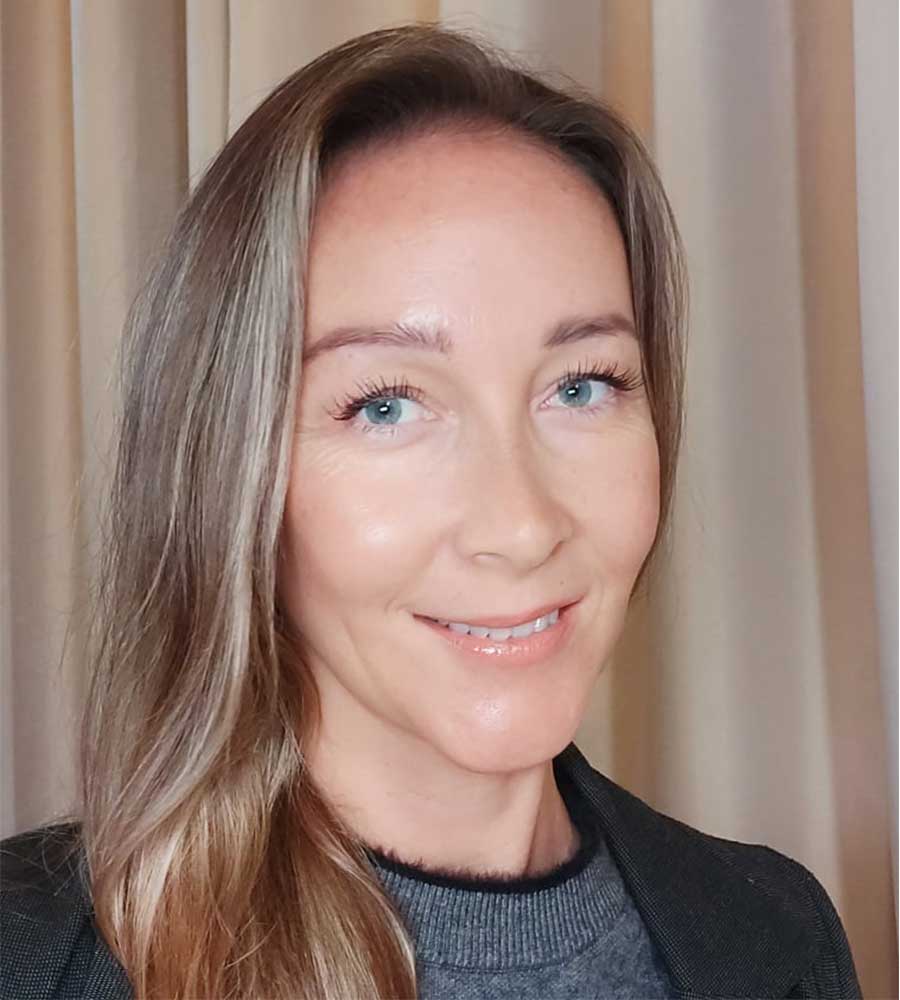Amid sudden bank closures, we explain our risk management approach and remind investors to focus on what they can control.
Recent financial market volatility has been widely attributed to a pair of U.S. regional bank closures and to speculation that central banks including the Reserve Bank of Australia and the U.S. Federal Reserve may respond in part by easing campaigns to tighten monetary policy. At Vanguard, we continue to encourage investors to avoid speculation and trading on emotion, and to focus instead on the long term and factors within their control.
Here we provide background on recent events, note the extent of Vanguard Australia funds’ investments in the shuttered banks, explain what happens when a security drops from an index, and summarise our approach to risk management.
Key points
- Vanguard is committed to prudently stewarding client assets. Fund portfolio managers will make adjustments within our index and active funds, as necessary and in pursuit of our investors’ long-term interests.
- Risk management is central to investment management. Whether managed by our internal investment teams or external advisory firms, all Vanguard funds are subject to rigorous risk oversight and analysis.
- Investors should take a long-term view. As explained in Vanguard’s principles for investing success, investors are well-served by a long-term outlook, perspective, and discipline.
Background
Driven by strong deposit growth, Silicon Valley Bank doubled in size in 2021 and primarily invested those deposits in longer-duration U.S. Treasuries and mortgage-backed securities. As interest rates climbed, the securities fell in value, and the bank was forced to sell some at lower prices amid customer withdrawals. Loss-making investment sales triggered more withdrawals by clients of the bank, which catered to technology startups and venture-capital firms. Silicon Valley Bank announced sizable losses on 8 March, and its shares subsequently declined rapidly. On 10 March, regulators halted trading in shares of SVB Financial Group (NYSE:SIVB), the bank’s parent company, and closed the bank to protect depositors.
On 12 March, New York-based Signature Bank (NYSE:SBNY) was also shut down by regulators and placed into FDIC receivership. Later that day, U.S. Treasury Secretary Janet Yellen, Federal Reserve Board Chair Jerome Powell, and Federal Deposit Insurance Corporation Chairman Martin Gruenberg approved actions to enable the FDIC to complete its resolution of Silicon Valley Bank and Signature Bank in a manner that fully protects all depositors, both insured and uninsured.
Exposure of Vanguard funds to the shuttered banks
On behalf of their investors, certain Vanguard Australia index funds with exposure to U.S. equities owned securities issued by both banks. As at 28 February 2023, the exposure to SVB in these funds is 0.04% or lower, and for Signature Bank it is 0.02% or lower.1
Indexes, index funds, and the shuttered banks
Index providers such as S&P Dow Jones, FTSE, MSCI, and Bloomberg determine the securities in each index or benchmark. Standard & Poor’s, for example, announced the deletion of SVB Financial Group from its indexes effective at the close of trading 14 March.
Index funds and exchange-traded funds (ETFs) seek to track their benchmarks by replicating the risk and/or exposures of those benchmarks in their portfolios. As a result, Vanguard index funds own many securities in line with their benchmark weights. Equity and fixed income index inclusion criteria differ by provider, but once a security no longer meets those criteria, it will fall out of the provider’s index. Securities removed from indexes are then removed from Vanguard index funds.
How Vanguard manages investment risk
All Vanguard funds, whether managed by Vanguard’s internal investment teams or one of our external advisory firms, are subject to rigorous risk oversight and analysis. Each fund has documented investment objectives and strategies, a benchmark against which its composition and performance are assessed, and documentation of permitted instruments and risk limits.
Our risk management efforts do not preclude losses—investing inherently entails risk of loss—but they are central to our investment process. Our seasoned risk managers:
- apply independent judgment and expertise to help our investment teams assess and mitigate risk;
- ensure risk and return transparency by monitoring and analysing investment management activities and reporting on Vanguard funds; and
- participate in research that continuously improves our understanding of risk and expected return.
Importantly, our risk managers operate independently from our investment managers and analysts, reporting directly to our chief risk officer.
What investors can and should do
Unexpected and fast-moving economic or financial market news can be disquieting. In most cases, however, Vanguard believes that investors benefit in the long run by sticking with well-considered financial plans and portfolios.
In particular, we believe investors should focus on:
- aligning their asset allocations with their risk tolerance;
- controlling costs;
- adopting realistic expectations;
- holding broadly diversified funds; and
- maintaining discipline.
In general, investors should change their portfolios only when there are meaningful shifts in their investment horizons, goals, or financial circumstances, and not in response to short-term market conditions or performance. Investors who work with a financial advisor may want to speak with them for personalised advice.
[1] The holdings of most Vanguard Australia funds as at the end of any given month are updated on our websites around the middle of the following month. An exception applies to certain of our ETFs, which publish Pricing Baskets daily.
By Vanguard
vanguard.com.au























